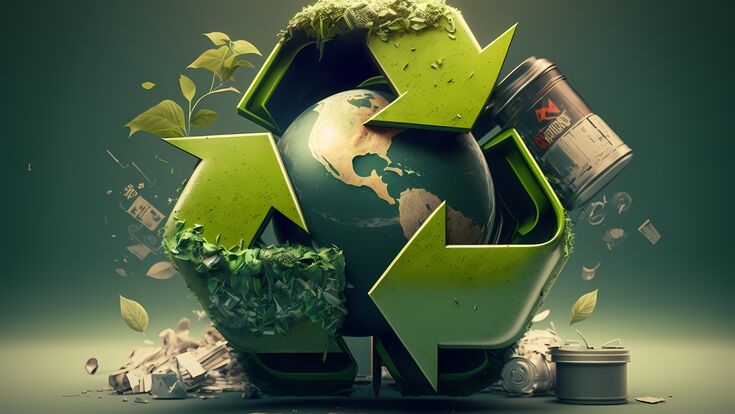How Can Local Governments Enhance Recycling Infrastructure?
Local governments are crucial for encouraging recycling at bottle depots Calgary loves (or worldwide) and other sustainable waste management measures. Local governments have the authority to establish legislation, invest in infrastructures and collaborate with stakeholders to improve recycling efforts and decrease waste since they are the custodians of public resources and services. Municipal governments may enhance recycling systems to benefit citizens’ quality of life, the economy, and the environment by prioritizing their growth and enhancement. It will increase the usefulness and accessibility of recycling systems like Calgary Recycling Depot and several others.
Strengthening Recycling Infrastructure at the Municipal Level: Towards a More Sustainable Future
To help our communities create a more sustainable future, let’s look at what local governments can do to improve recycling infrastructure at a bottle return depot and other recycling centres.
1. Funding for Data Gathering and Processing Infrastructure
Investing in collection and processing facilities is crucial for local governments to improve recycling infrastructure. It involves setting up locations for people to drop off recyclables and material recovery centres, including state-of-the-art sorting and processing equipment. Local governments may facilitate recycling and reduce trash in landfills by increasing the capacity and accessibility of recycling facilities.
2. Growth of Residential Recycling Initiatives
One easy and efficient strategy to get people to recycle is to set up curbside recycling programs. Local governments may improve the recycling infrastructure by making curbside recycling services available to more areas and families. Supplying homeowners with recycling containers or carriages, educating the community about acceptable items, and negotiating contracts with waste collection providers are all possible steps in this direction.
3. Implementation of Recycling Process with Just One Stream
Single-stream recycling enables households to collect recyclable items in one container by simplifying the recycling procedure and increasing the number of participants. Local governments might improve recycling infrastructure by adopting single-stream recycling processes and purchasing automated pickup trucks and sorting equipment. Single-stream recycling is an excellent alternative for towns looking to enhance recycling productivity since it increases recycling rates while decreasing contamination.
4. Encouraging Recycling Awareness and Participation
For recycling programs to be effective, education and outreach must be prioritized. Public awareness campaigns, seminars, and community events help local governments improve recycling infrastructure by informing the public about the advantages of recycling, how to recycle correctly, and what resources are available in their area. Local governments may enhance recycling participation and decrease contamination rates by involving citizens and equipping them with the necessary information and instruments for efficient recycling at a Bottle Return Depot.
5. Recycling Drop-Off Locations Expanded
Recycling drop-off facilities are an excellent alternative for those who produce a lot of recyclables or don’t live in an area with curbside recycling services. Local governments can improve recycling infrastructure by increasing the number of recycling drop-off locations and placing them in the most needed regions. Enhancing recycling rates and decreasing unlawful dumping is possible by making recycling alternatives readily available and offering drop-off sites.
6. Recycling Laws and Programs Implementation
A community’s recycling initiatives may be better supported and enforced with the help of recycling regulations and rules. The local government may improve the recycling infrastructure by adopting recycling engagement regulations, establishing objectives and targets, and mandating recycling for companies and multifamily residents. Local governments may foster an atmosphere conducive to recycling and move the needle on sustainability targets by passing robust recycling regulations.
Conclusion:
Improving recycling infrastructure and supporting responsible garbage disposal techniques within communities are crucial responsibilities of local governments. An increasingly effective, readily available, and cost-effective infrastructure for recycling at Calgary recycling depots (and elsewhere) improves the natural world and residents’ quality of life. It can be achieved through investments in collecting and handling facilities, expansion of curbside recycling initiatives, implementation of single-stream recycling processes, promotion of education and outreach, expansion of recycling drop-off facilities, and adoption of recycling legislation and policies by local governments. Calgary recycling depots illustrate that local governments can create a better future for future generations by taking the lead, working together, and committing to sustainability.



